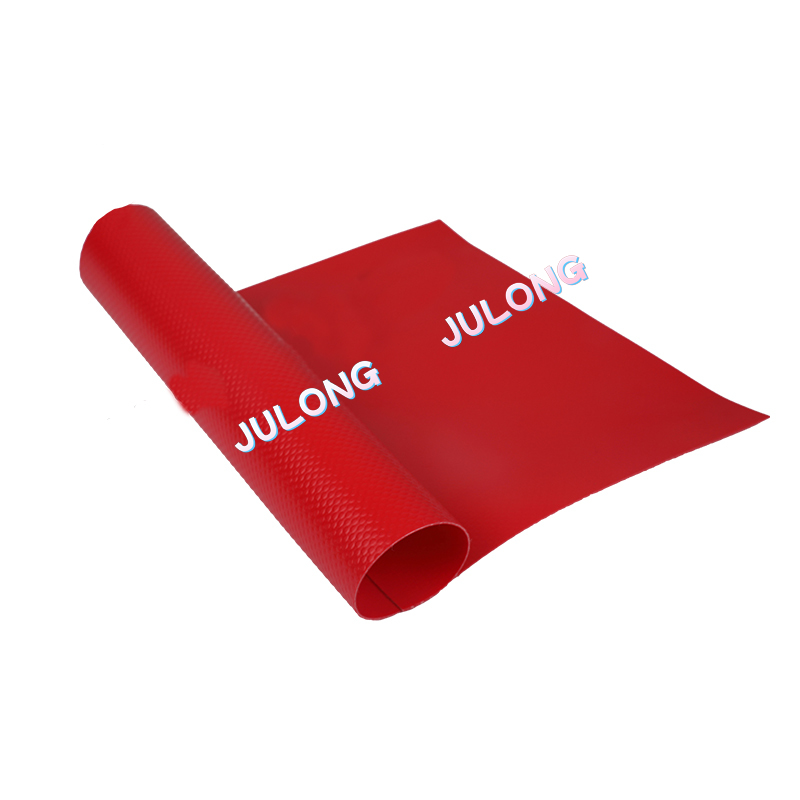The manufacturing process of airtight PVC-coated polyester fabric involves several steps. The following is an overall overview:
Polyester fabric selection: This process first selects high-quality polyester fabric as the substrate. Choosing polyester fiber is because of its strength, durability, and tensile elongation.
Coating preparation: PVC (polyvinyl chloride) coating is a mixture of PVC resin, plasticizers, stabilizers, and other additives. The mixture is usually heated and mixed to obtain the required consistency and performance.
Coating application: Then, PVC coating is applied to polyester fabric using various methods such as scraping, roller coating, or immersion coating. The fabric is evenly distributed on one or both sides of the fabric through a machine with PVC coating.
Curing: After coating, the fabric will undergo a curing process. This involves placing the fabric at high temperatures, usually in an oven or through hot air circulation. Heat helps to bond the PVC coating with polyester fabric, resulting in a strong and long-lasting adhesion.
Inspection and quality control: After the curing process is completed, the coated fabric will be inspected for any defects, inconsistencies, or inconsistencies. Take quality control measures to ensure that the fabric meets the required standards and specifications.
After finishing: After passing the inspection, the airtight PVC-coated polyester cloth can undergo additional finishing processes. This can include treatments such as flame retardant coatings, UV resistant coatings, or antibacterial treatments, depending on the intended application.
Packaging and distribution: Finally, the finished product is packaged with airtight PVC-coated polyester fabric and prepared for distribution to customers or manufacturers, who use it for various applications such as inflatable structures, tents, awnings, truck covers, or other product characteristics that require airtightness and waterproofing.
It should be noted that the processes of specific manufacturers may vary, but this summary outlines the manufacturing process of airtight PVC-coated polyester fabrics.




 English
English عربى
عربى







